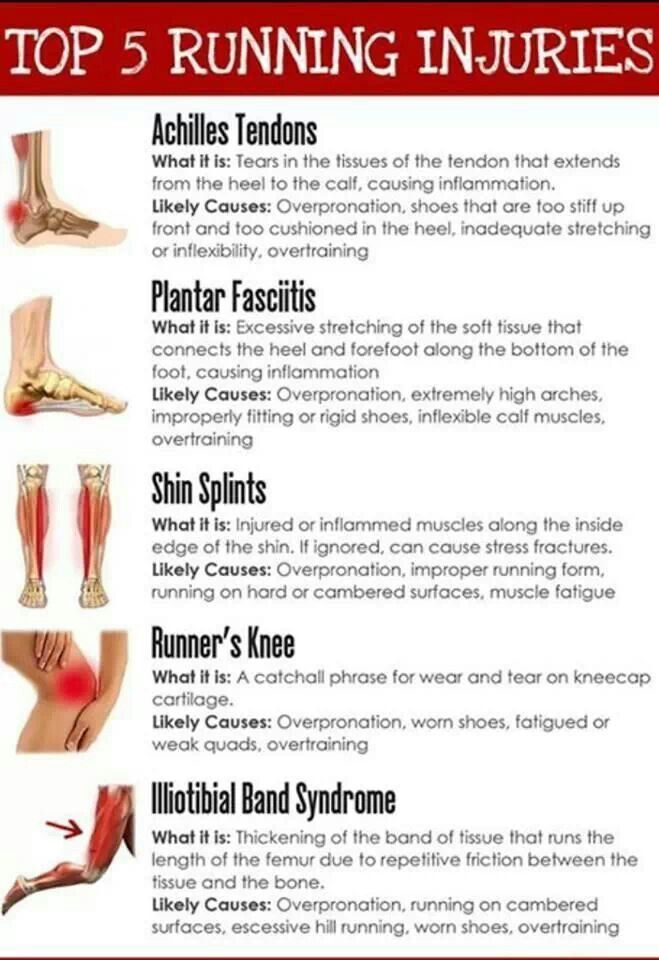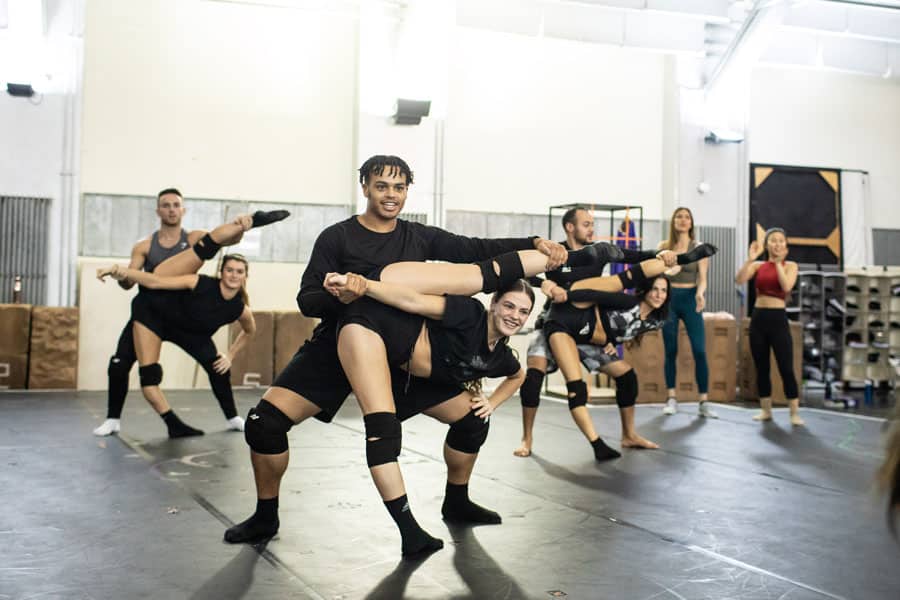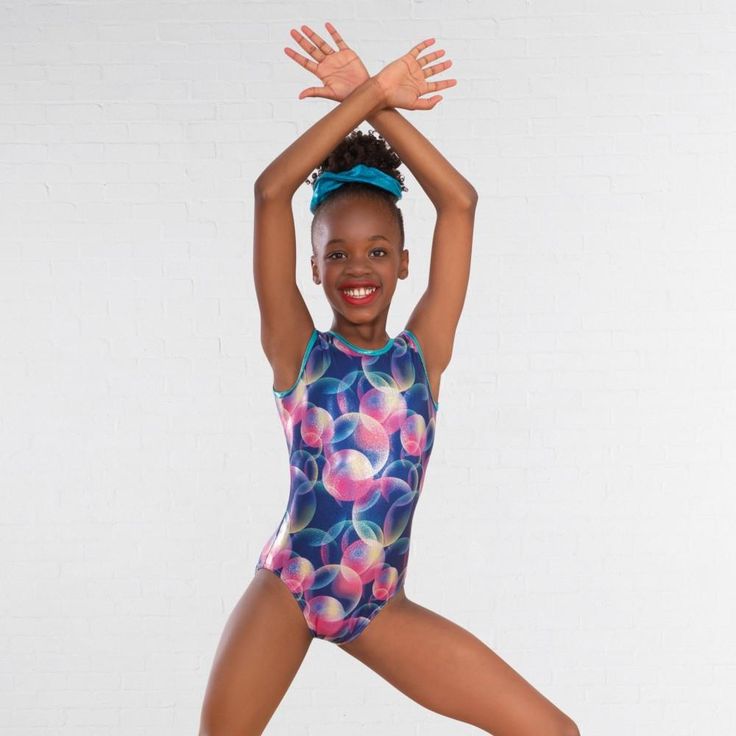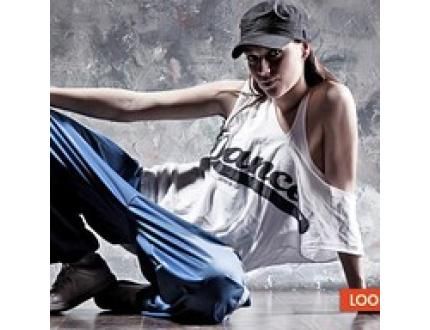How to be a successful dancer
7 Habits of Highly Successful Dancers
The dance industry is overflowing with artists who have hit the big time, left their marks and made their wildest dreams come true. But how did they do it?
You’ve likely heard of the best-selling book The 7 Habits of Highly Effective People, by Stephen R. Covey. Well, we thought it was high time we applied this concept to the dance industry. What seven habits do the pros maintain that help them stand out above the pack and reach their goals? What rituals aided their success? Here, seven dancers whose careers are #goals share what’s in their secret sauce. (You may be surprised to hear what truly makes all the difference!)
1. They know their weaknesses, and problem-solve to work around them
View this post on Instagram
A post shared by Beckanne Sisk (@beckannesisk)
Take Ballet West principal dancer Beckanne Sisk: “I’m on the slower end of picking up choreography—it always takes me longer than others,” she says. “On top of that, I tend to be so in-the-moment when I’m onstage, that when I start to think about what I’m doing, things go wrong.” To help herself manage these compounded hurdles, she’s worked out a solution. “Before every entrance, I quickly go over everything in my head to be sure I’m solid. That way, I’m prepared,” Sisk says.
When dancers humble themselves and recognize the skills they lack, they’re able to take steps to solve them, ultimately making them better artists and individuals.
2. They have routines that foster gratitude and allow them to live in the present
View this post on Instagram
A post shared by Brittany Parks (@bp_parks)
“Ever since I read Twyla Tharp’sThe Creative Habit, I’ve established a daily routine,” says Brittany Parks, whose credits include dancing for Beyoncé. “I practice it because it gives me peace of mind. It’s not about committing to a bunch of things each morning, but rather trying to do a few things that help me settle into my day with openness.”
“I practice it because it gives me peace of mind. It’s not about committing to a bunch of things each morning, but rather trying to do a few things that help me settle into my day with openness.”
Part of Parks’ morning routine includes a guided meditation from the podcast The Daily Shine that she says helps her stay present, rather than worry about the next job. “I’m 32, and I’ve been in this business since I was 19,” she says. “I’ve been blessed to go-go-go. But somewhere after Beyoncé and ‘Glee,’ I was too worried about what was next. I had to pause for a moment and realize, ‘Girl, look at where you’re at!’ ”
This practice of mindfulness and gratitude allows her to embrace her time as a dancer, rather than rush through it. Veteran dancers appreciate that when we release ourselves from worry, we can more fully enjoy the opportunities that come.
3. They don’t make excuses
View this post on Instagram
A post shared by Fik-Shun Stegall (@dance10fikshun)
While successful dancers prioritize their mental and physical health, they don’t withdraw when it’s time to put in the work. They understand the power of discipline and commitment.
“I’ve made a habit out of not making excuses,” says “So You Think You Can Dance” Season 10 winner Fik-Shun. “I train for one hour, every day, no matter what. Anytime I feel like I don’t want to, I tell myself, ‘No excuses. If you don’t put in the work, you stay stagnant and get left behind.’ A lot of the time, we wake up tired and not wanting to do stuff, but if you make a daily habit of working toward something, you’ll reach your dreams.”
4. They break big dreams down into small, attainable goals
View this post on Instagram
A post shared by Danelle Morgan (@danellemorgan)
“Keeping your eye on the big dream you want to achieve is amazing, but it can also be overwhelming,” Radio City Rockette Danelle Morgan says. “I break things down into smaller goals that will help me reach the big one. So, for example, if my goal is to be a Radio City Rockette, I know I will need to do a double pirouette and eye-high kicks in the audition. My smaller goals will include perfecting my kicks and my pirouettes. As I master them, they bring me closer to my big goal.”
“I break things down into smaller goals that will help me reach the big one. So, for example, if my goal is to be a Radio City Rockette, I know I will need to do a double pirouette and eye-high kicks in the audition. My smaller goals will include perfecting my kicks and my pirouettes. As I master them, they bring me closer to my big goal.”
True pros don’t shrink at the thought of climbing mountains in their careers. They simply take it one step at a time until they reach the top.
5. They practice improvisation
View this post on Instagram
A post shared by Xin Ying 辛颖 (@xin_ying_dance)
Dancers often discover their unique voices through improvisation, and subsequently use the practice to challenge barriers.
“I improv at least once or twice per week—sometimes daily,” says Martha Graham Dance Company principal Xin Ying.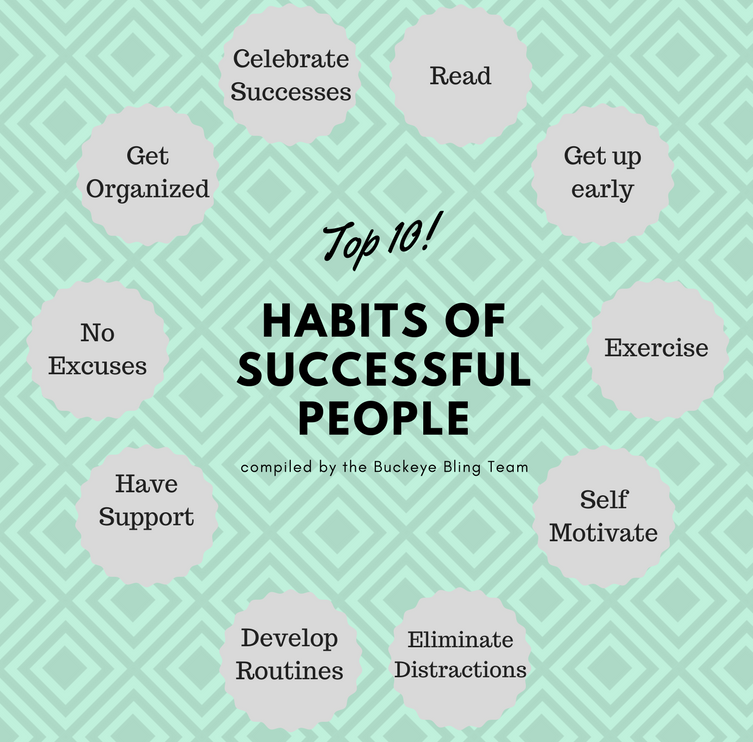 “That has been part of clearing my mind and body, and breaking old patterns of movement. It’s a good training tool. I tend to put the things I don’t like to do into my improv. Reverse turns are something my body doesn’t do naturally, so I try to do that more. That has been helpful, because part of dancing is using your mind to conquer your body.”
“That has been part of clearing my mind and body, and breaking old patterns of movement. It’s a good training tool. I tend to put the things I don’t like to do into my improv. Reverse turns are something my body doesn’t do naturally, so I try to do that more. That has been helpful, because part of dancing is using your mind to conquer your body.”
6. They cross-train
View this post on Instagram
A post shared by Artem (@theartemc)
Dancers who maintain long careers understand that cross-training is an essential component of avoiding injury and staying in the game. Whether it’s to avoid imbalances in musculature (like when the right leg does 30 battements per show and the left leg turns into a noodle), or simply to strengthen the core for beautiful lifts and turns—highly successful dancers exercise.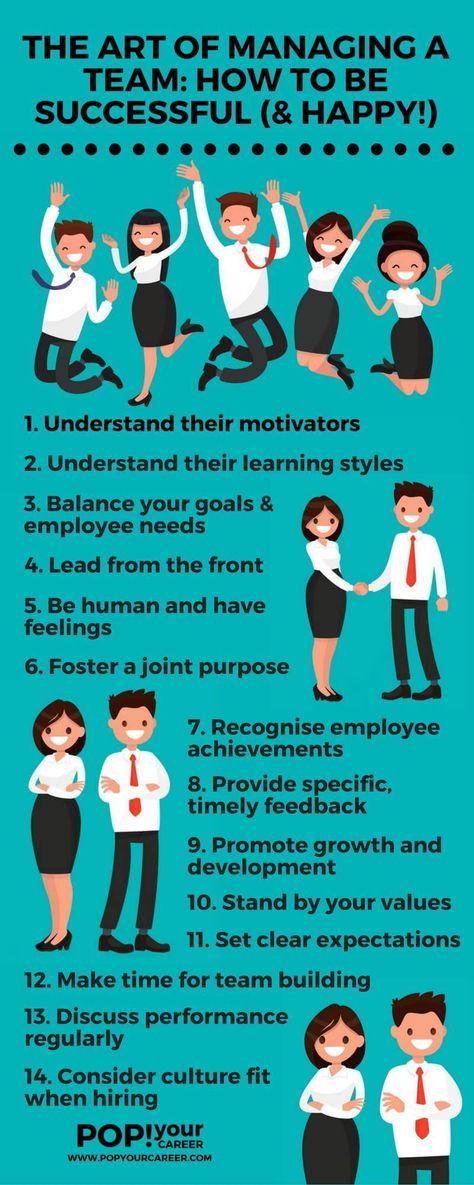
“You absolutely have to maintain your fitness,” says Artem Chigvintsev, “Dancing with the Stars” pro and Season 29 mirrorball champion. “The gym is a must.”
7. They lead rich lives outside of dance
View this post on Instagram
A post shared by Melanie Moore (@melaniekmoore)
“I believe making and prioritizing time to have experiences outside of performing is really important,” says Melanie Moore, “SYTYCD” Season 8 winner and Broadway performer. “I’m often asked to play characters when I dance, and if I only eat, sleep and breathe my performance, I won’t have much real-life experience to pull from. Take pieces about love and heartbreak—if you’ve never experienced either, it’s going to be so much harder to manufacture those emotions.”
“I was 19 when I did ‘SYTYCD,’ and at the time, I prioritized work so much, I never let life in.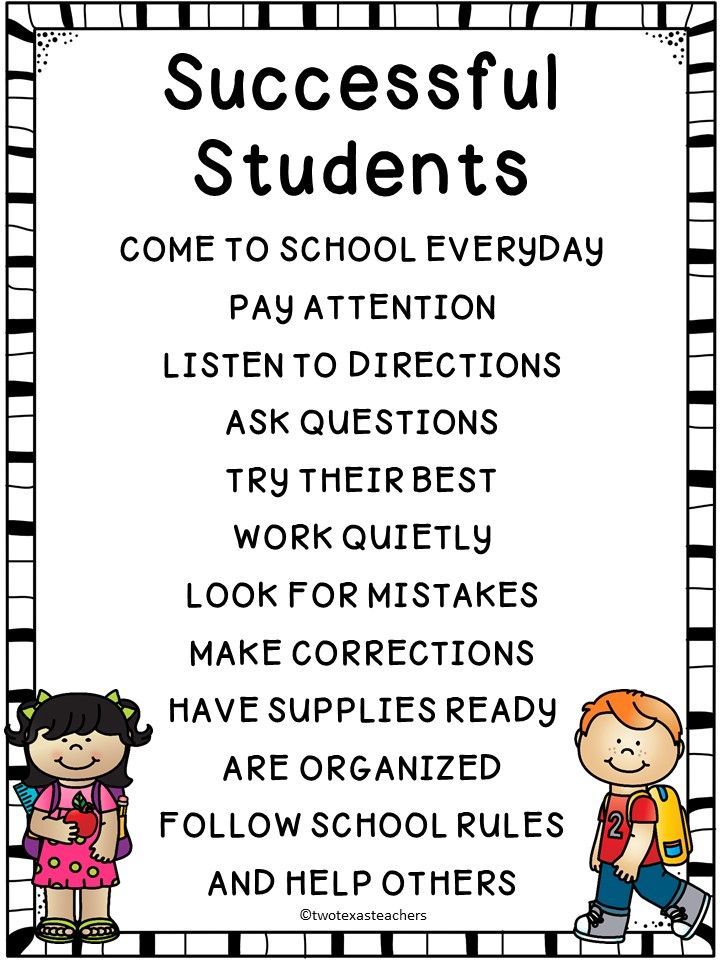 Over time, I’ve come to learn that careers are long. It’s OK if you miss an audition for a vacation from time to time. Those experiences will enrich your life, and new opportunities will come,” Moore says.
Over time, I’ve come to learn that careers are long. It’s OK if you miss an audition for a vacation from time to time. Those experiences will enrich your life, and new opportunities will come,” Moore says.
How Do You Succeed in Dance? 33 Industry Leaders Weigh In
What does it take to “make it” in dance? It’s no secret that turning this passion into a profession can be a struggle. In such a competitive field, talent alone isn’t enough to get you where you want to be.
So what kinds of steps can you take to become successful? Dance Magazine spoke to 33 people from all corners of the industry to get their advice on the lessons that could help us all, no matter where we are in our careers.
Lesson 1: Ask yourself why you dance, and make sure the answer is, “Because I love it.”
“The stage is transparent. Some people go out onstage and they have so much life because they love what they do. Other people just do tricks. Someone might give great performances, and the audience might think, Oh, that’s very nice, but it doesn’t change them. They were just watching someone who wanted to be the center of attention, not an artist who was dying to dance.” —Paloma Herrera, artistic director of Teatro Colón’s ballet company
They were just watching someone who wanted to be the center of attention, not an artist who was dying to dance.” —Paloma Herrera, artistic director of Teatro Colón’s ballet company
Paloma Herrera teaching a master class in Argentina.
Noelia Fernandez Rana, courtesy Herrera
Lesson 2: Learn about the culture of every style you study.
“Have the same respect for the culture of locking, for instance, as you would for pointe work. Understanding the history will open up your storytelling abilities and make you look more natural because you’ll ‘get’ where it comes from, not just what it is.” —Luam, hip-hop choreographer, director and master teacher
Lesson 3: Don’t get hung up on talent.
“Statistically, less physically gifted dancers are more successful. A talented dancer gets everything easier, gets used to this and stops exerting. The greatest mistake dancers make is too much self-assurance.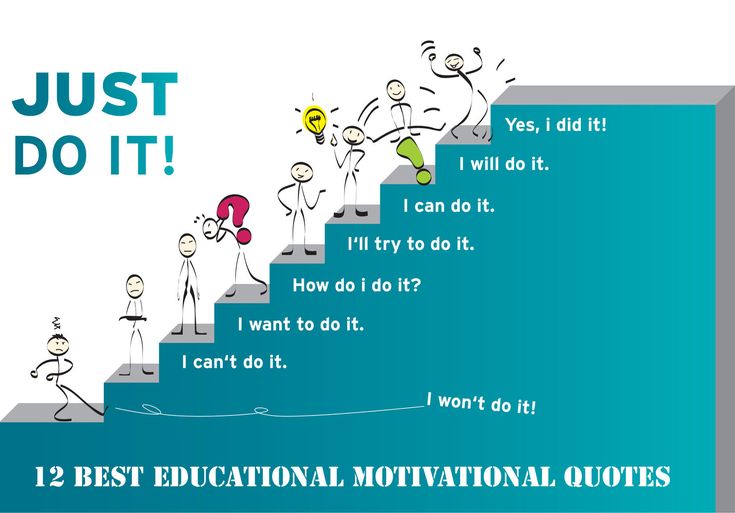 ” —Yuri Fateyev, acting director of the Mariinsky Ballet
” —Yuri Fateyev, acting director of the Mariinsky Ballet
Lesson 4: Value all improvement.
“Don’t dismiss small improvements just because they don’t fulfill the image of your larger-scale goals. Improvement can be a change in quality, facility, adaptation or efficiency. A change can be tiny, incremental. Acknowledging an improvement makes the difference between leaving the studio that day with a success or with a failure—and this can set the tone by which we live our lives.” —Ami Shulman, rehearsal director for GöteborgsOperans Danskompani and certified Feldenkrais practitioner
Lesson 5: Don’t work hard, work smart.
“A lot of young artists practice by just repeating and repeating the same material, thinking it will get better. But sometimes you have to pause and think about why you’re doing the movement, or why it doesn’t work. Stick with it, but try a different way.”—PeiJu Chien-Pott, principal with the Martha Graham Dance Company
PeiJu Chien-Pott rehearsing for
Dragon Spring Phoenix Rise, with choreography by Akram Khan An Rong Xu, courtesy Dragon Spring Phoenix Rise
Lesson 6: Value your choices more than your body or ability
“How your body looks or how well you execute movements does not determine who you are. If your feelings about yourself rise and fall with your weight or how high you jump, then you will feel anxious and depressed. But if your self-esteem is based on your actions and behaviors, then you can consistently feel good about yourself.” —Nadine Kaslow, a clinical psychologist who works with Atlanta Ballet
If your feelings about yourself rise and fall with your weight or how high you jump, then you will feel anxious and depressed. But if your self-esteem is based on your actions and behaviors, then you can consistently feel good about yourself.” —Nadine Kaslow, a clinical psychologist who works with Atlanta Ballet
Lesson 7: Share yourself, not just what you can do.
“What’s interesting is who you are, not how many turns you can do or how you can distort your body. Dancers today are challenged constantly by that very passing flashiness. Like a jewel dangling in front of you, sparkling. But stars glow, they do not sparkle. Sparkles can disappear.” —Judith Jamison, artistic director emerita at Alvin Ailey American Dance Theater
Lesson 8: Don’t ignore directions just so you can show off.
“In the audition room when the choreographer is like, ‘Okay, give me a double pirouette—clean, please,’ we’ll get young hotshots giving us a triple or a quadruple.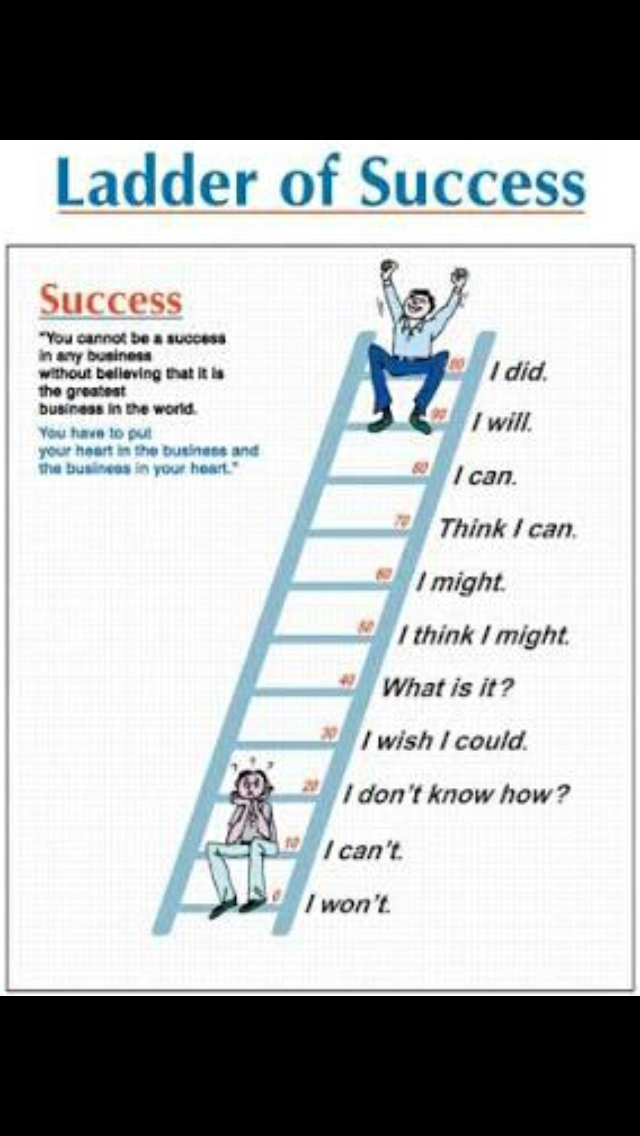 They want to sex it up a little bit, when in fact what’s being asked for is very clear, very succinct. If you show off, it can quite often work against your favor.” —Duncan Stewart, Broadway casting director at Stewart/Whitley
They want to sex it up a little bit, when in fact what’s being asked for is very clear, very succinct. If you show off, it can quite often work against your favor.” —Duncan Stewart, Broadway casting director at Stewart/Whitley
Lesson 9: Ask for advice—and the opportunities you want.
“No one in the dance world has ever said no when I’ve asked for advice. Pick up the phone or meet face-to-face and ask questions. If you want to dance in a certain company or project, ask. Sometimes luck just occurs, and sometimes luck is made because you are vigilant in your pleasant, kind assertiveness. Make yourself available for opportunities. And make your own opportunities.” —David Dorfman, artistic director, college professor, Broadway and postmodern choreographer
David Dorfman
Julieta Cervantes, courtesy Dorfman
Lesson 10: Value the small roles.
“Dancers today too often want everything now.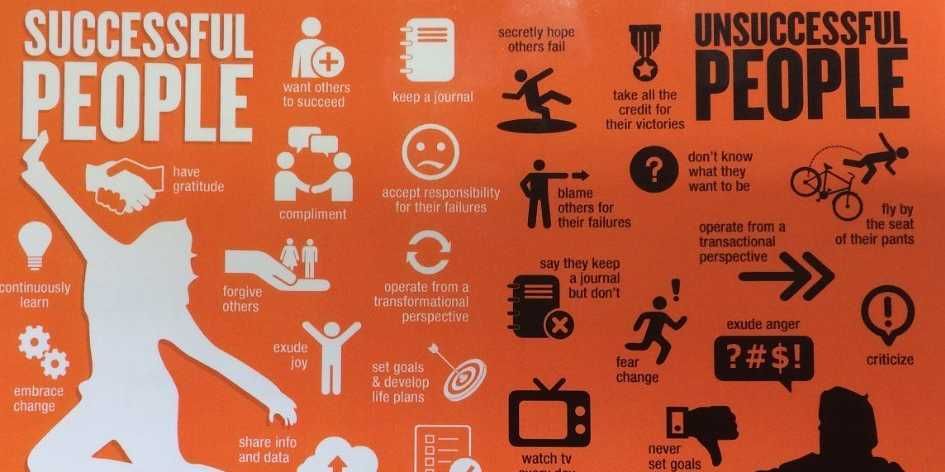 To that, I say, ‘Wait your turn, stick it out, gather the experience and commit to the company.’ Patience develops dancers.” —Barbara Bears, ballet master at Houston Ballet
To that, I say, ‘Wait your turn, stick it out, gather the experience and commit to the company.’ Patience develops dancers.” —Barbara Bears, ballet master at Houston Ballet
Lesson 11: Know when to quit.
“If you’re not getting challenged in a big company, investigate why. Where is your dancing lacking? Where is your work ethic lacking? If you can’t seem to move forward, look into other companies. Go back to what it means to bend your body, to bend your knees, to move in space. You’ll be able to breathe through those moments of difficulty.” —Ashley Tuttle, master ballet teacher
Lesson 12: Remember that even stars are part of a team.
“This is a collaborative art form. Successful dance artists see themselves as part of a whole. They may be the star, but they remain aware that there’s an entire corps de ballet behind them, and a conductor in the pit carefully keeping the music at the right tempo, and someone who will stay late and do all the laundry for the next day.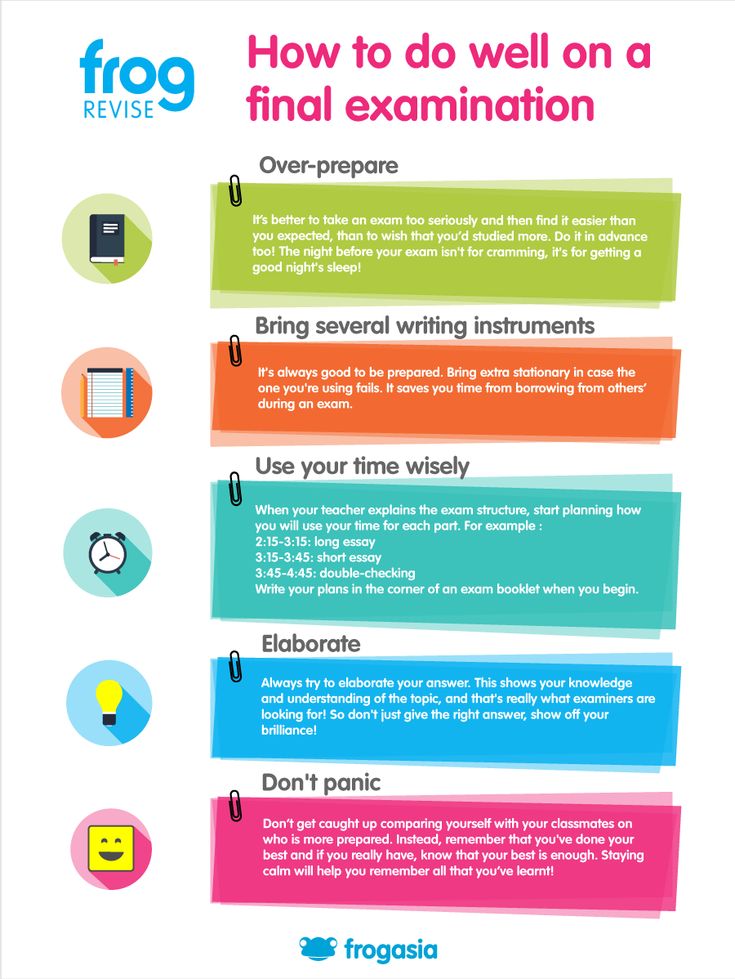 Anytime there’s a mishap onstage, we all have to band together and coordinate the best, most subtle solution possible, ideally without the audience knowing anything was wrong. Sometimes I feel like we’re a pod of dolphins—we communicate very simply and effectively, sometimes just with our eyes or a whisper. We find a way to fix it, then move along as if nothing happened. The stronger the team, the better the company.” —Kelly Brown, production stage manager at Miami City Ballet
Anytime there’s a mishap onstage, we all have to band together and coordinate the best, most subtle solution possible, ideally without the audience knowing anything was wrong. Sometimes I feel like we’re a pod of dolphins—we communicate very simply and effectively, sometimes just with our eyes or a whisper. We find a way to fix it, then move along as if nothing happened. The stronger the team, the better the company.” —Kelly Brown, production stage manager at Miami City Ballet
Kelly Brown
Paige McFall, courtesy Brown
Lesson 13: Hire experts.
“Do not be, as one lawyer told me, ‘penny wise and pound foolish.’ When you have an opportunity to be paid for your craft, especially when it comes to commercial partnerships with brands and products, find a good entertainment lawyer or agent to help you navigate the contract. It’ll cost you 5 to 15 percent of the overall fee, but is very worth it. They’ll make sure you’re not giving away rights to your image and likeness indefinitely or for longer than the value of your compensation.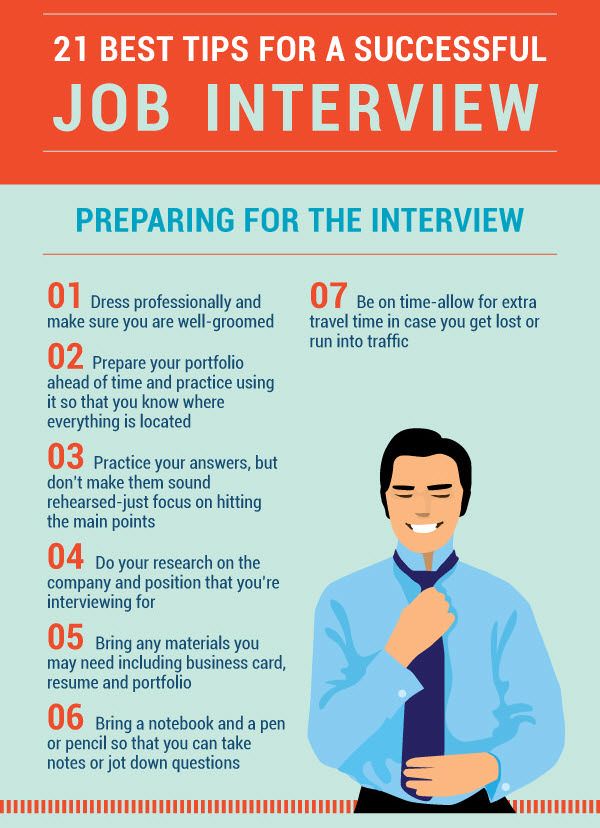 You’ll avoid being unfairly locked into category exclusivity. The details are truly in the fine print.” —Gilda Squire, founder of Squire Media & Management, Inc., and manager to Misty Copeland and others
You’ll avoid being unfairly locked into category exclusivity. The details are truly in the fine print.” —Gilda Squire, founder of Squire Media & Management, Inc., and manager to Misty Copeland and others
Lesson 14: Be insatiable.
“When you see artists who are dancing into their 50s, ask, ‘What is it that has brought them to this moment?’ When you think of Alessandra Ferri, Wendy Whelan, Sylvie Guillem, Mikhail Baryshnikov—they’re incredibly gifted, versatile artists, but there is a drive that is innate.” —Jodie Gates, vice dean and director of USC Glorya Kaufman School of Dance
Lesson 15: Get some distance.
“I was getting burned out dancing and being on the road so much with Batsheva, and decided to spend nine months at a Buddhist monastery in Nova Scotia. There was a scary feeling of space that opened up by cutting the momentum of my dancing life. I became aware of how much I defined myself as a dancer, and held that as a proof of my self-worth. I had thought I wasn’t one of those ‘crazy dancers’ who prioritizes being a dancer over being a person. Now I feel less afraid to drop dancing and that identity entirely, which allows me to continue, and more fully, because my grip on it is more relaxed. Any time I have stepped away, I have come back with more than I left with.” —Doug Letheren, dancer with Tanztheater Wuppertal Pina Bausch
I had thought I wasn’t one of those ‘crazy dancers’ who prioritizes being a dancer over being a person. Now I feel less afraid to drop dancing and that identity entirely, which allows me to continue, and more fully, because my grip on it is more relaxed. Any time I have stepped away, I have come back with more than I left with.” —Doug Letheren, dancer with Tanztheater Wuppertal Pina Bausch
Lesson 16: Don’t trust the trends.
“Don’t get lost in what is ‘cool,’ even when you see the pros doing it. Trends like no ballet slippers or dressing like you’re at a gym can make anyone watching think less of you, and you never know who is going to walk in. Even I put myself into a unitard and skirt to teach class because I feel and think more like dancer when I am dressed like one.” —Nancy Bielski, master ballet teacher at Steps on Broadway
Lesson 17: Save money to buy yourself freedom.
“Save enough for three to sixth months.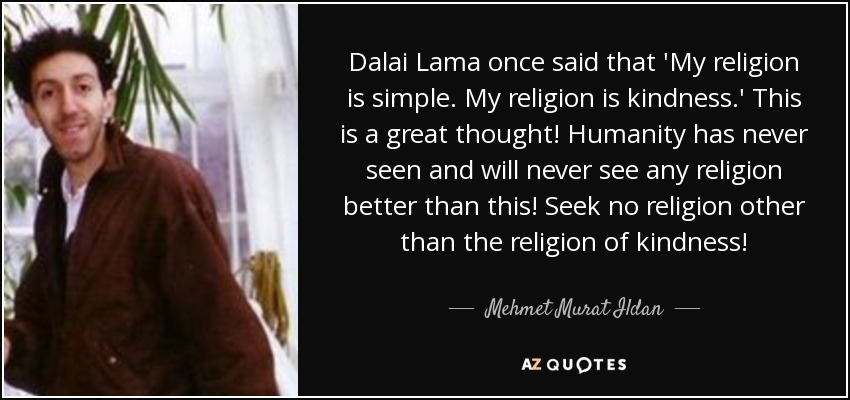 Start by putting a little bit aside. I have the bank do it automatically, so it slowly drips into a savings account. That cushion is going to make it okay for you to not take the crappy gig you don’t want but to hold out for the job that you do.” —Jessica Scheitler, enrolled agent, owner of Financial Groove
Start by putting a little bit aside. I have the bank do it automatically, so it slowly drips into a savings account. That cushion is going to make it okay for you to not take the crappy gig you don’t want but to hold out for the job that you do.” —Jessica Scheitler, enrolled agent, owner of Financial Groove
Lesson 18: Keep exploring.
“The dancers I’ve watched succeed haven’t been afraid to reinvent themselves, either across topic or scale. Consider how your practice works across platforms—corporate and not, nonprofit and not, on Broadway but also at a place like The Joyce.” —Marc Bamuthi Joseph, vice president and artistic director of social impact at the Kennedy Center
Marc Bamuthi Joseph (center)
Courtesy Joseph
Lesson 19: Don’t cross your legs when you sit.
“Considering the frequency of total hip replacements in dancers these days, you should refrain from sitting with your legs crossed.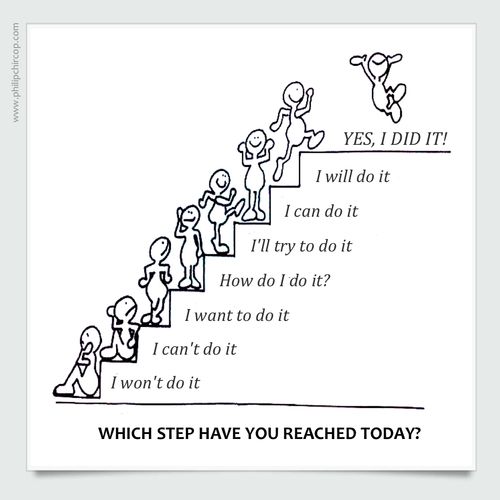 This position adds stress to the lumbar spine and the hip joints. It compresses the nerves and blood supply to the lower extremities, and it inhibits the abdominal muscles from activity, making them insufficient to stabilize your spine.” —Marika Molnar, physical therapist and founder of Westside Dance Physical Therapy in New York City
This position adds stress to the lumbar spine and the hip joints. It compresses the nerves and blood supply to the lower extremities, and it inhibits the abdominal muscles from activity, making them insufficient to stabilize your spine.” —Marika Molnar, physical therapist and founder of Westside Dance Physical Therapy in New York City
Lesson 20: Treat rehearsals like more than practice.
“Rehearsals are not just about preparing for some future event. They are the present, too. So how we engage with each other, and how we literally live together in the hours and hours we have making a thing together, well, that matters. Once I figured that out, my attitude about time changed, as did the actual outcomes of the dances themselves.” —Liz Lerman, choreographer and educator
Lesson 21: Before a premiere, get an outside eye on your work.
“Ask someone else to interrogate your work. Ask, ‘What do you see? What came through?’ And then compare those answers to what you want to come through. I often feel like I’m seeing work that needs another 10 to 15 percent, that you almost got to the finish line but you didn’t look at it with a bit of distance.” —Aaron Mattocks, director of programming at The Joyce Theater
I often feel like I’m seeing work that needs another 10 to 15 percent, that you almost got to the finish line but you didn’t look at it with a bit of distance.” —Aaron Mattocks, director of programming at The Joyce Theater
Lesson 22: Don’t be afraid to start over.
“It’s always hard to know how an idea will manifest. Sometimes the reality of that idea is not right for the situation. If an idea just needs to be thrown away, that can sometimes be an incredible gift, to basically start over.” —Reid Bartelme, costume designer
Reid Bartelme
Kersten Jauer, courtesy Bartelme
Lesson 23: Question bad reviews.
“We’re human beings. It’s very painful to be rejected, especially publicly. But sometimes people don’t understand what you’re doing. Know, ‘Is this something that I can actually learn from, or is it just that the person didn’t see what I was going for?’ Then that first feeling of hurt starts turning into curiosity.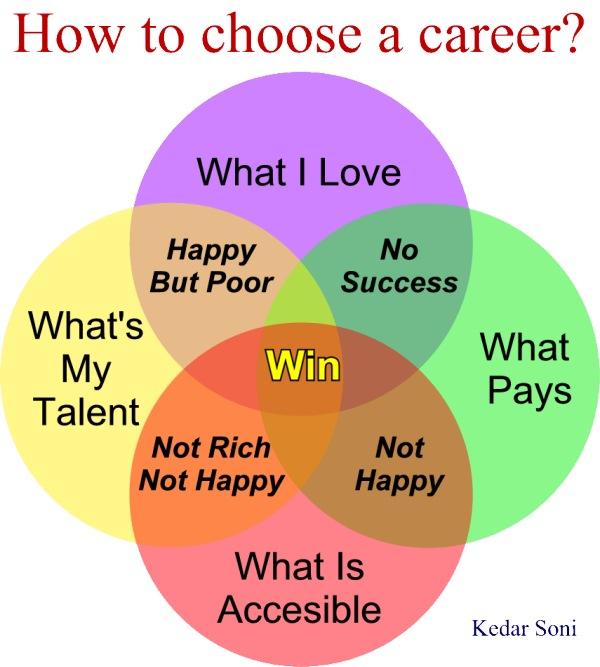 ” —Meredith Monk, director/choreographer/composer
” —Meredith Monk, director/choreographer/composer
Lesson 24: Don’t let others’ opinions change you.
“Do not get in anyone else’s box, because you will be miserable. Do what inspires you and then you will create inspired work.” —Chloe Arnold, tap choreographer and dancer
Lesson 25: Know that what “success” means to you will change over time.
“At the beginning, for me, success was external: It was about opportunities to create work. And also, the ‘right’ people wanting to have work of mine. The bigger the company, the better. If it was a ballet company, maybe that was better than a modern company. And what critics said about the work. And having more opportunities for my company to tour. What success means for me now is, How much joy and pleasure am I able to derive from the process of making the dance? The other stuff is maybe a part of it still—that’s the business—but the real success is that I love what I’m doing while I’m doing it. ” —Donald Byrd, choreographer and artistic director of Spectrum Dance Theater
” —Donald Byrd, choreographer and artistic director of Spectrum Dance Theater
Donald Byrd
Steve Lenz, Courtesy Spectrum Dance Theater
Lesson 26: Establish your network.
“Even if you are a solo practitioner, the collaborative elements to dance are really huge. You have a production crew, somebody who’s going to help with marketing, you have to be talking to presenters. All of that stuff can cost money, but maybe you figure out how, even in school, you start partnering with each other. Locating your network is invaluable, because it’s going to give you resources in the way of real, practical, logistical things that you need: how to write press releases, how to figure out music rights. Those networks provide you with a sense of community and emotional support.” —Carla Peterson, director of Maggie Allesee National Center for Choreography at Florida State University
Lesson 27: Learn the business of putting on a show.

“I can’t tell you how many times we’ve looked at companies and said, ‘Gee, I’d love to put that on our stage,’ but they don’t have the first concept of how to get their lighting and tech done. There are theaters with stagehands’ unions that if you don’t follow the work rules, the costs soar into the thousands. You need a company manager who can corral everybody about tickets, when people come and go and what they’re supposed to be doing if there are outreach activities. All of that is a strong consideration for us when looking at companies to present.” —Randy Swartz, artistic director of Philadelphia presenting organization NextMove Dance
Lesson 28: Invest in finding investors.
“Before you get a publicist, get a development director. Accept the fact that money can improve the status of a company—it can’t buy creativity, but it can hire talented dancers, it can raise the profile of a company. You may not have the money right now, but there are ways to get the money. ” —Richard Kornberg, New York dance and theater publicist
” —Richard Kornberg, New York dance and theater publicist
Lesson 29: Get at least 10 hours a week of admin help.
“Our research has shown that having someone work on the administrative aspects of your business for even just 10 hours per week will impact the strength and longevity of your artistic career.” —Mara Greenberg, director of Pentacle
Lesson 30: Never stop learning.
“The world is changing so quickly. The things that someone starting out right now will have to work on throughout their career, those problems haven’t been invented yet. Consume a lot of different perspectives from outside of the dance and cultural sector; figure out who has built the wheel and see what pieces work.” —Tim Cynova, CEO of Fractured Atlas
Lesson 31: Quit the cycle of doubt.
“It is easy to imagine that everyone else knows some secret that you don’t, or that you can’t be successful because you are not ‘the one. ’ Believe in your possibility. Moving forward with unfettered drive because we understand that we can achieve makes it possible to spend our energy on building a path, a talent, a network, instead of the defeating depletion that comes from doubt.” —Trey McIntyre, freelance choreographer/filmmaker/photographer
’ Believe in your possibility. Moving forward with unfettered drive because we understand that we can achieve makes it possible to spend our energy on building a path, a talent, a network, instead of the defeating depletion that comes from doubt.” —Trey McIntyre, freelance choreographer/filmmaker/photographer
Lesson 32: Stop trying to “succeed.”
“If you’re getting into this field, part of what you’re doing is recalibrating basic ideas about how the world is supposed to be. You owe it to yourself to live in a way that doesn’t look like what Mom and Dad think a successful life looks like. Otherwise, you’re setting yourself up for a lot of heartache. You’re not going to appreciate what is happening if you think success equals ______. We often have to not get what we want over and over again before we realize that.” —Miguel Gutierrez, experimental choreographer
Lesson 33: Fail.
“What’s that famous saying? ‘Success is going from failure to failure without losing your enthusiasm.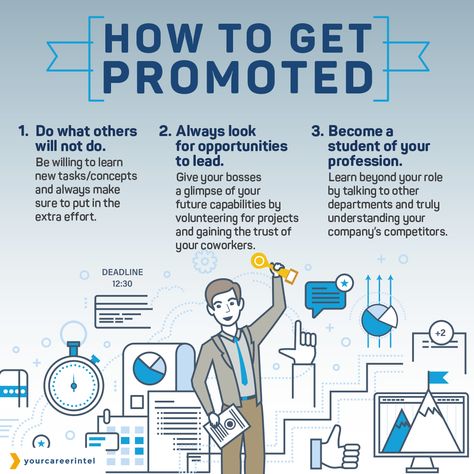 ’ Just keep failing with enthusiasm, and you’ll be successful.” —Raja Feather Kelly, artistic director, experimental choreographer and dancer
’ Just keep failing with enthusiasm, and you’ll be successful.” —Raja Feather Kelly, artistic director, experimental choreographer and dancer
Raja Feather Kelly
Maria Baranova, Courtesy Kelly
ᐅ How to become a dancer? | How do they become dancers?
Many people dream of working as a professional dancer, imagining fame, popularity and brilliance of spotlights. But how to become a dancer, what is needed for this? Let's find out!
To begin with, it is worth understanding that this is, first of all, hard work, and only a few are given to break onto the stage.
The profession of a dancer requires good physical shape and long training sessions.
Contents:
- How to become a dancer?
- How do you become a dancer from scratch?
- Schools where one becomes a dancer
- How to become a dancer without education?
- How to become a good and successful dancer?
How to become a dancer?
Anyone can become a dancer. This does not require special education, somewhere to study, and all that is needed is to experience the pleasure of dancing. But that's if it's a hobby. Amateur and professional dancing, pleasure and work as a dancer are very different concepts.
This does not require special education, somewhere to study, and all that is needed is to experience the pleasure of dancing. But that's if it's a hobby. Amateur and professional dancing, pleasure and work as a dancer are very different concepts.
I dream of becoming a professional dancer. How do they become dancers in general, what do you need to know and be able to do, how to start?
Unfortunately, and maybe fortunately, not all become successful dancers. To do this, you need not only to love to dance, but also to have a confident and strong desire to improve, overcoming difficulties.
In order to reach the top in the profession, it is not so much external data that is important, but attitude to business and diligence. With these qualities, you can become a good dancer, whose performances are pleasant to watch the audience.
How do you become a dancer from scratch?
In order to become a dancer from scratch, you need to be sure that this particular job will become the work of a lifetime. Such a creative profession requires complete dedication and the ability to express vivid emotions.
Such a creative profession requires complete dedication and the ability to express vivid emotions.
In addition, you need to prepare physically and develop endurance. After all, rehearsals last many hours and take place almost every day.
Before you start mastering the profession, you need to decide on the style.
There are a huge number of them, and it is important to choose the most suitable one for yourself. When choosing, it is worth considering personal preferences and your level of physical fitness. For confidence, you can rehearse in front of a mirror.
Schools for becoming dancers
You can become a dancer after receiving a special education. To do this, you need to enter an art college or university. They are accepted here on the basis of nine and 11 classes, depending on the direction.
To enroll in a group, you need to pass a creative competition, for which you should prepare well. You also need to be ready to provide the results of the exam in Russian and literature.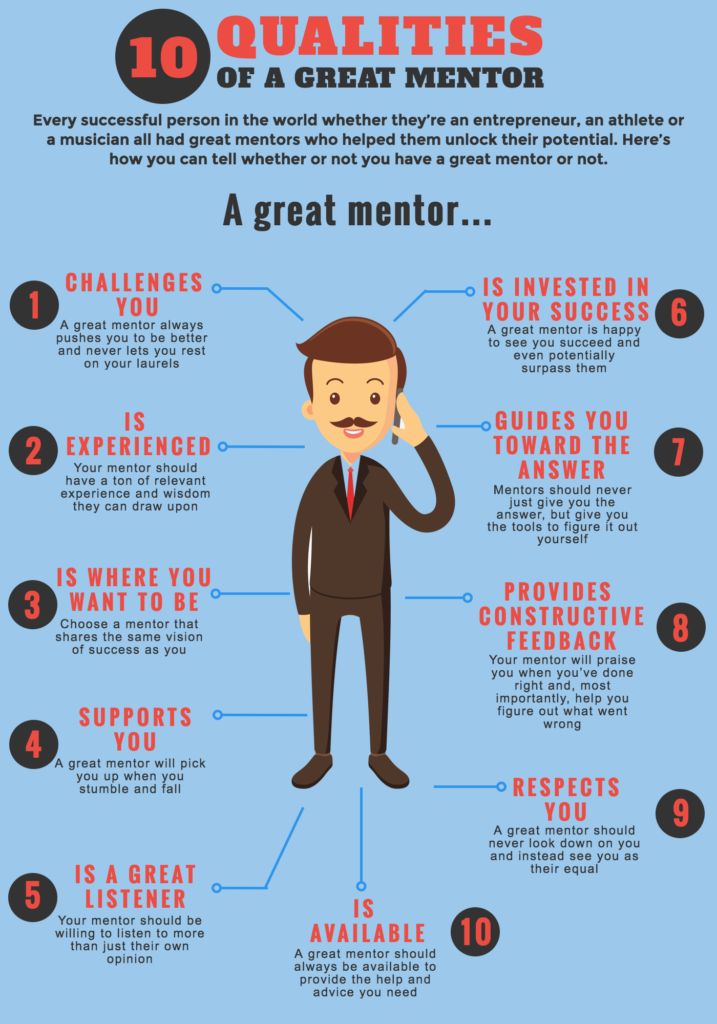 The exact list of subjects required for admission can be clarified at the educational institution.
The exact list of subjects required for admission can be clarified at the educational institution.
Training to be a dancer in an educational institution is not yet a guarantee that you can become one.
Getting a professional education on the basis of a college or university will not yet give you the opportunity to become a dancer, but it is an opportunity to acquire all the necessary knowledge and skills.
Experienced teachers will help you develop your talent and fully reveal your creative potential. They will point out mistakes and help correct them. But a lot depends on the student. Therefore, the educational institution itself will not make you a dancer, it will only give you an opportunity.
For example, while studying, students have the opportunity to participate in many competitions and festivals, which will help them test their strength and even get a job offer.
How to become a dancer without education?
Many people become dancers without special education.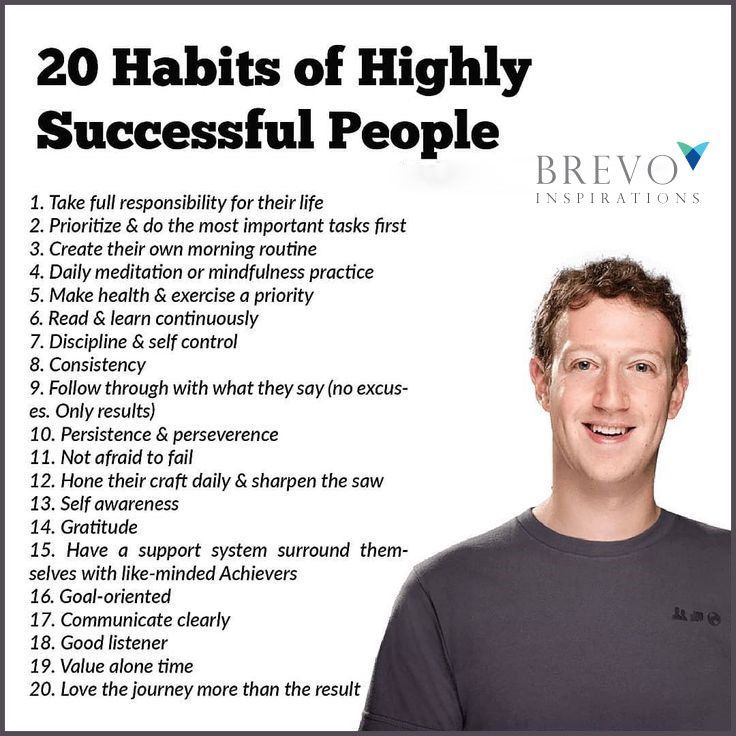 For this profession, attitude and talent are much more important. If a person truly loves to dance and develops his abilities, then he will be able to achieve considerable success. It is important to understand that a couple of hours of training three times a week is not enough to become a professional dancer. You have to work hard and hone your skills.
For this profession, attitude and talent are much more important. If a person truly loves to dance and develops his abilities, then he will be able to achieve considerable success. It is important to understand that a couple of hours of training three times a week is not enough to become a professional dancer. You have to work hard and hone your skills.
For beginner dancers, it is not so much the technique of performance that is important, but the development of endurance and the ability to express their emotions through body language. The presence of charisma and a bright personality distinguishes a good dancer from the rest. You need to be ready for constant hard training and strictly follow the regimen.
You can learn to dance professionally if you have good skills on your own. But it is better to seek help from professionals. To do this, there are many circles, courses and dance schools. There, in a fairly short time, you can master a certain dance style. Regular classes with a dance teacher will help develop physical endurance, learn basic dance moves, and develop talent in yourself.
Members of clubs and dance schools often get the opportunity to participate in competitions and perform at concerts. This has a positive effect on emotional mood, increases confidence and gives you the opportunity to express yourself. Achievements in competitions will be a great addition to the portfolio of a novice dancer.
How to become a good and successful dancer?
In order to succeed and shine on stage, you will have to make a lot of effort. The most important qualities of a good dancer are charisma, perseverance and hard work.
The main thing is to choose this profession consciously and remember that behind the beauty and brilliance of dancers' performances there are constant training and heavy workloads.
And as mentioned above, one cannot become a dancer overnight, without proper preparation. You need to play sports and follow the necessary regimen. Only thanks to this, professional dancers cope with difficult numbers and exhausting rehearsals.
It is important to choose the most appropriate dance style for you. You can master it perfectly by completing training as a dancer in a professional educational institution. And for people who want to learn how to dance without going to college or university, there are many options for circles, courses and dance schools.
In any case, learning to dance professionally is much easier with a teacher. It will help you master all the dance moves and learn how to beautifully express emotions on stage with the help of dance.
How to become a professional dancer?
Many young people today do not just want to learn how to dance beautifully, but seriously dream of becoming a professional dancer. This unusual profession attracts romantics and connoisseurs of beauty.
More often only girls and young girls dream of becoming dancers, fascinated by the light and air images of ballerinas. Indeed, what could be more beautiful than shine on stage, receive flowers from fans every evening and listen to applause! This magical picture is mesmerizing, and the prospects become gray an office worker cause only bouts of melancholy.
However the path to the top of a career as a professional dancer is not as easy as it could be appear at first glance. As in any business, this area is filled not only beauty and smiles, but also difficulties hidden from the eyes of the audience.
Before than to make a decision about choosing a profession, the future ballerina, as well as her parents should know what is hidden under the beautiful title of "ballet dancer". Costs note that in many professional groups the position of a dancer sounds as a "ballet dancer", regardless of the stylistic direction of the choreography.
Consider advantages and disadvantages of such a profession as "dancer" or "ballet dancer". Assessing them, it will be easier for you to make an important decision or to abandon it.
What Pros and prospects are given by the profession "ballet dancer"
- Excellent physical shape on throughout life. Professional dancers are distinguished good physical form.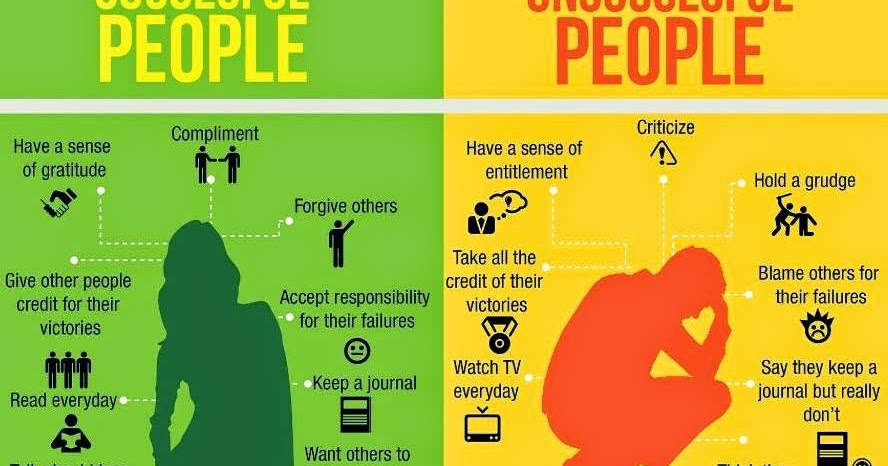 In order to have the correct posture, thin waist and tightened hips, dancers do not need to visit gyms and fitness clubs. The physical form remains ideal in the process of daily performance of their professional duties. Work schedule for dancers so saturated, and the physical load is so high, that all this is not allows people in this profession to gain excess weight.
In order to have the correct posture, thin waist and tightened hips, dancers do not need to visit gyms and fitness clubs. The physical form remains ideal in the process of daily performance of their professional duties. Work schedule for dancers so saturated, and the physical load is so high, that all this is not allows people in this profession to gain excess weight.
- Opportunity to see the world in within the framework of professional activity. Occupation dancer associated with active touring activities. Typically the most famous choreographic groups visit major European cities, and all without exceptions continents and countries. Work schedule provides dancers a wonderful chance to see the world without spending your own money on it.
- Fame, admiration, recognition and love of the audience. An integral attribute dancer's professions are the love of the audience, applause and, finally, the real glory. Choreographic activity will become an ideal profession for those who childhood to strive for admiring glances and under the footlight feels like fish in the water.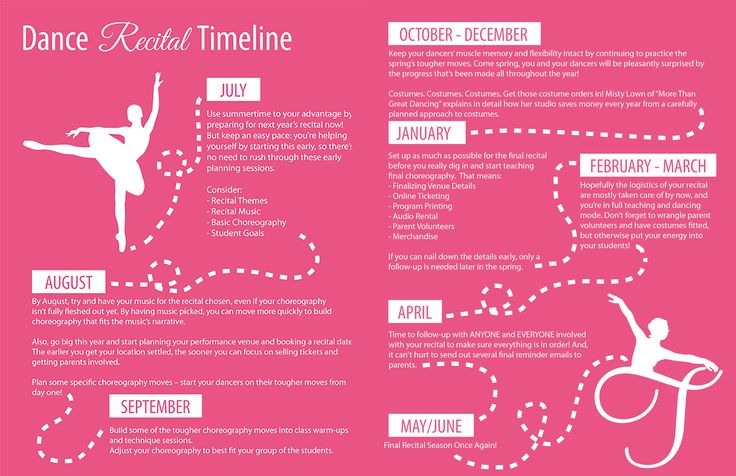 Dancers on stage live a special life. Many people are attracted to profession with an incomparable feeling of flight and the release of adrenaline into the blood under thousands of admiring glances.
Dancers on stage live a special life. Many people are attracted to profession with an incomparable feeling of flight and the release of adrenaline into the blood under thousands of admiring glances.
- Profession is a favorite occupation. Most often, dancers become by vocation those people for whom choreography is a favorite pastime that has become a profession. Highly it is difficult to imagine a good professional dancer who would not love my job. Here, more than anywhere else, burning eyes and emotional dedication. This becomes possible only if the dance is for of a person is the most favorite occupation in life and the only possible choice professions.
- The profession is related to beauty. The work of a dancer perfectly develops a sense of style. Professional dancers - some of the most beautiful people in ordinary, everyday life. Thanks to daily work with stage costume and make-up people of this profession harmoniously develop a sense of proportion and aesthetic perception.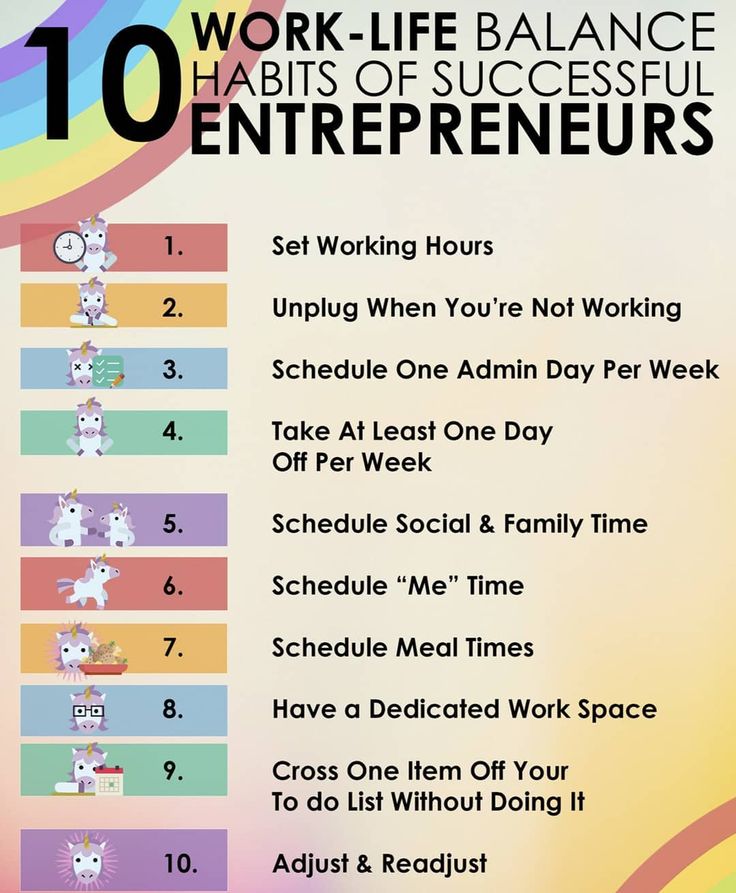
- Dancers are always in the focus of the media, on the TV screen. One one of the advantages of the profession is the fact that dancers can often be seen central television channels. Concerts with famous bands broadcast on TV quite often. In addition, dancers are often invited to participate in the filming of video clips and commercials. For many young people and girls, this becomes a significant incentive to choose dance art business of a lifetime.
- Possibility to create your own dance school. Very often a logical continuation the career of a dancer becomes the career of the owner of a choreographic school or dance group leader. This enticing prospect attracts very many future stars of the scene.
Underwater stones of dance art as a profession
- Daily physical labor. Having done choreography by their profession, young people must be prepared for the daily hard work. Many hours of training at the ballet barre, rehearsals and staging new dances, mastering unfamiliar styles, mandatory attendance master classes from famous choreographers, as well as evening performances on stage.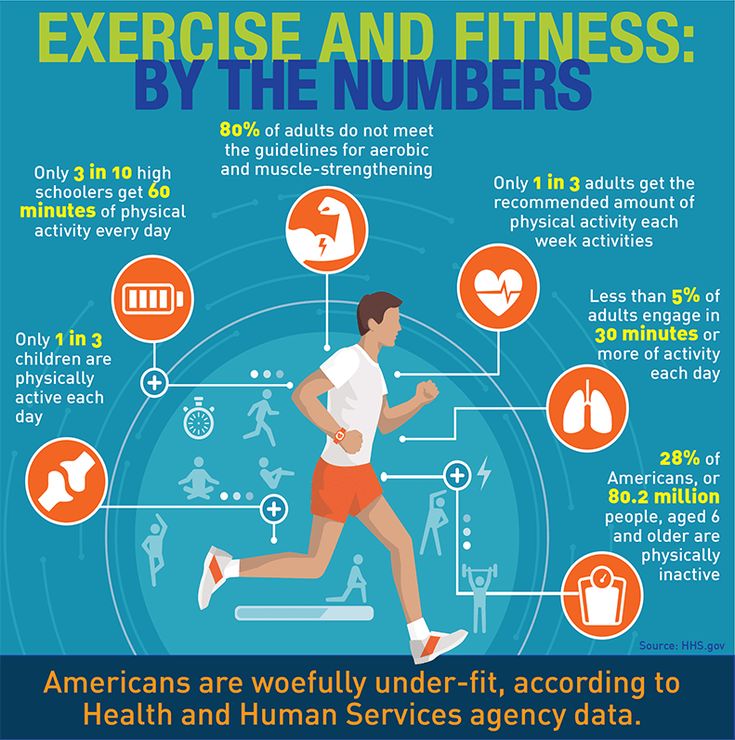 Often you will have to perform in open areas under the scorching sun in heavy suits. Becoming a dancer, you will no longer have the opportunity to relax, as it is necessary always keep yourself in shape.
Often you will have to perform in open areas under the scorching sun in heavy suits. Becoming a dancer, you will no longer have the opportunity to relax, as it is necessary always keep yourself in shape.
- High risk of injury. Rare there is a dancer who has not experienced at least one professional injury. dancers hurt ankles, knees, tear back, damage ligaments. not excluded fractures and sprains. It must be remembered that the body is a working dancer's instrument. In case of damage, we can talk about professional unsuitability and parting with a career as a dancer.
- Age restrictions. Century the dancer is short. It is unlikely that you will be able to shine on stage and be a soloist after as a dancer turns 35 years old. Since this age is associated with the heyday vitality, sunset in the professional sphere can lead to unwanted psychological consequences, the development of depression and feelings of inferiority.
- Difficulty balancing work and personal life. Unfortunately, very often professional dancers fail to create a family, become a happy mother and wife. Due to the tight touring schedule, the free time of the dancers is very limited. At the same time, heavy loads can cause hormonal disruptions and reproductive difficulties in women.
Unfortunately, very often professional dancers fail to create a family, become a happy mother and wife. Due to the tight touring schedule, the free time of the dancers is very limited. At the same time, heavy loads can cause hormonal disruptions and reproductive difficulties in women.
C where the dancer begins
For in order to become a dancer, first of all, you need to get an initial choreographic education. The most successful in the profession are those who I started dancing in early childhood, at the age of 5-6 years. Already at this time girls and boys are accepted into choreographic schools, which issue a certificate according to their ending. At this stage, a great responsibility lies with the parents, who should notice in time the giftedness and ability to dance in their child.
To make no mistake, just bring your child to the choreographic school for viewing. Here, experts will determine exactly how successful they can become. child in dance art. As a rule, to determine giftedness and the potential ability to learn to dance in a child is possible already at the age of 5 years.
child in dance art. As a rule, to determine giftedness and the potential ability to learn to dance in a child is possible already at the age of 5 years.
Requirements to those entering choreographic schools
dance school, an aspiring dancer will need to continue their education. At the same time, it is desirable to constantly dance in some choreographic team, gaining performance experience.
How as a rule, choreographic schools, studios and colleges present to applicants similar requirements:
- Talent, creative giftedness.
- Musicality, perfect ear, sense of rhythm.
- Compliance external and physical data to the requirements of the school, college or dance team.
school, the competition commission evaluates with prejudice such data of applicants, like height, weight, stretch, flexibility, plasticity, eversion, ballet length step, as well as the presence of an ear for music.


